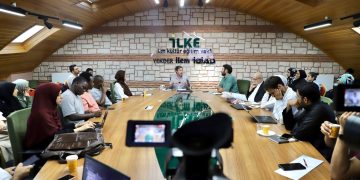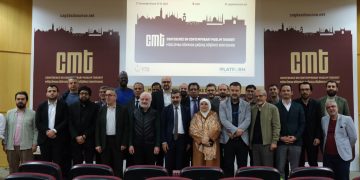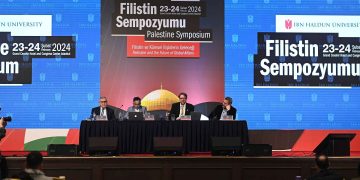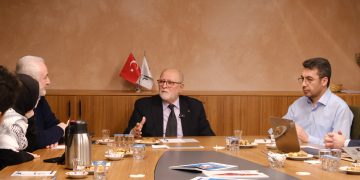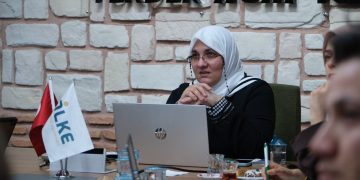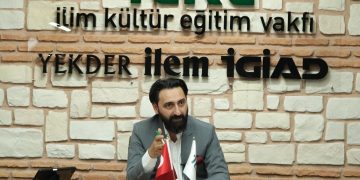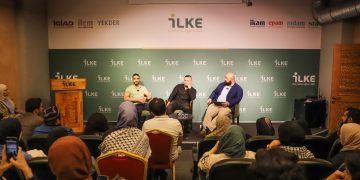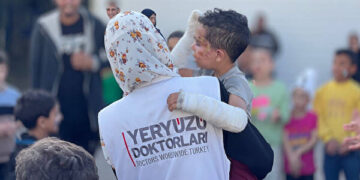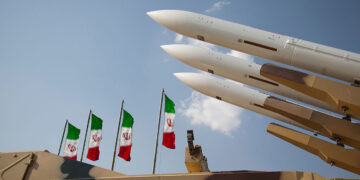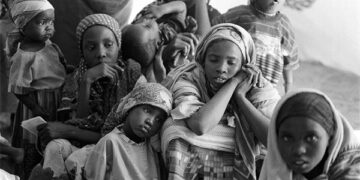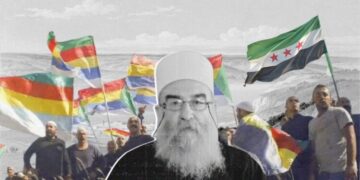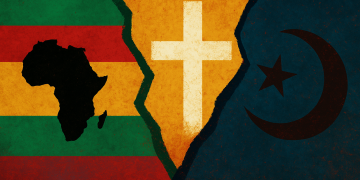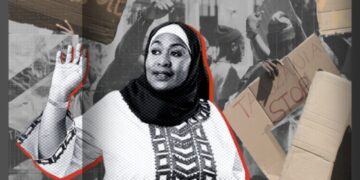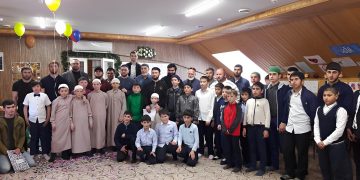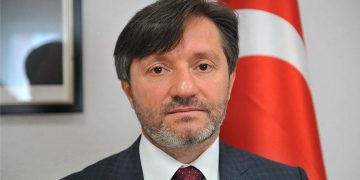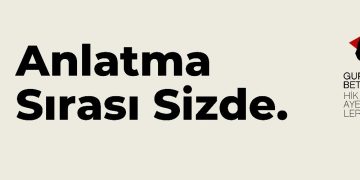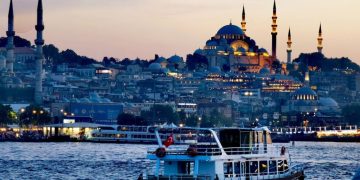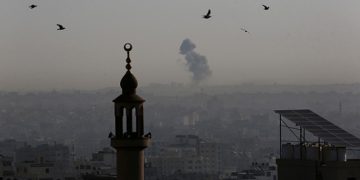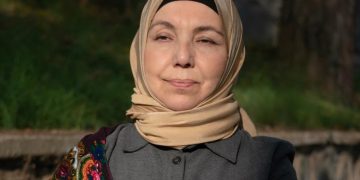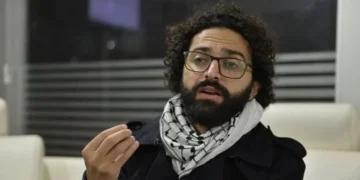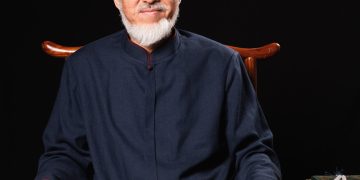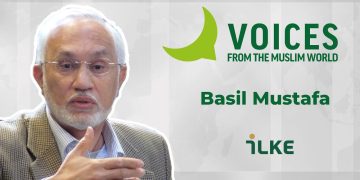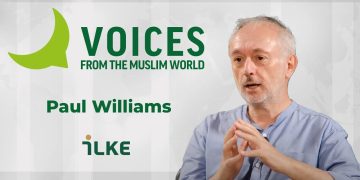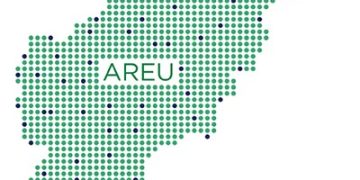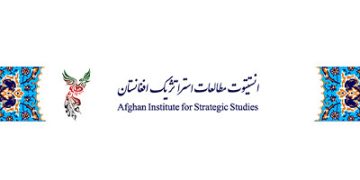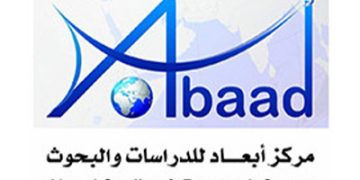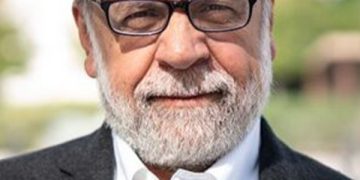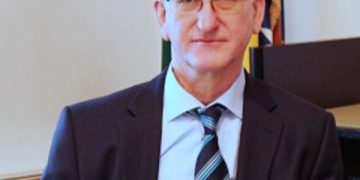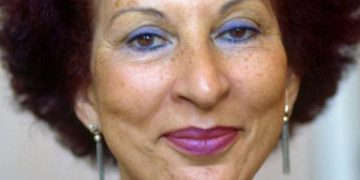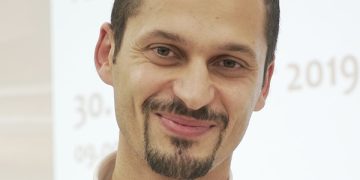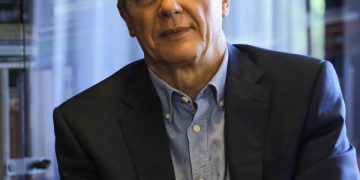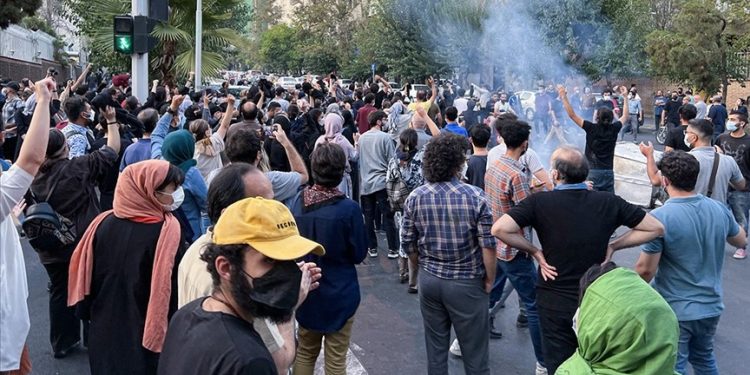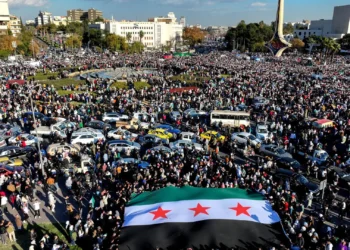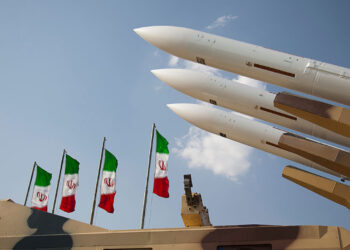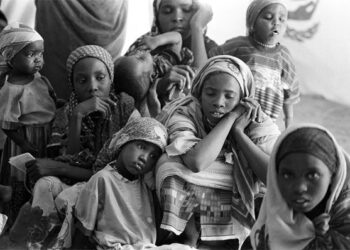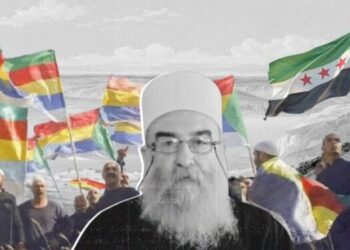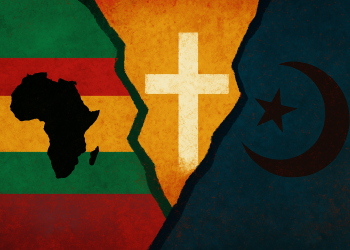The protests that started after Mahsa Amini, who came to Tehran to visit her relatives from Chios town of Iran’s Kurdistan province, died on September 16 after she was detained by the moral police (The Guidance Patrol), have entered their fourth month. As in many similar incidents in the country, the relevant authorities, who were inconvinving in the information they shared with the public, could not bring up any solid information eastablishing that Emini’s death was not caused by torture. The delayed information and images were not found convincing by the angry masses, and the arrow had already left the bow. While the demonstrations held in Chios, in other parts of the province and in different parts of the country were expected to subside within a week or two, on the contrary, the tensions increased. Subsequently, the country came under the influence of events in which fierce clashes took place between the demonstrators and the security forces. Although the total number of deaths from the civilian population and security forces is estimated as 378, unfortunately, the situation will exacerbate if the events continue. While a limited part of the society personally participates in the demonstrations in Iran, another part supports them through social media. Finally, the fact that the Iranian national team players did not sing their country’s national anthem during the national ceremony to support the events in their country in the World Cup finals held in Qatar, has once again revealed the widespread discomfort felt by the attitude of the Iranian State. In short, the distance between the state and certain segments of the society in Iran continues to widen.
Revolutionary Guide Ali Khamenei, who did not feel the need to make a statement at the initial stages of the events and then glossed over the issue by associating it with foreign powers, lastly in his statement on Saturday, November 19, stated that the “mess” was too weak to harm the regime. Iran is a country where large mass demonstrations take place from time to time, based on different reasons. As a matter of fact, these recent events were compared with the massive protests recorded as the Green Movement in the spring of 2009 as a result of the anger of Jewish supporters when it was announced that the then conservative President Mahmoud Ahmadinejad had won a crushing election victory over his powerful reformist rival, Mir Hussein Mousavi. A similar comparison of the events was made regarding the protests that were staged in the last days of 2017 by depositors who lost their money in financial institutions, and the demonstrations that took place after the price hikes in gasoline in the last spring of 2019. These analogies can help explain what happened to a certain extent. As a matter of fact, in each of the events mentioned, the complaints of the demonstrators quickly went beyond the existing issue and became much more comprehensive. Of course, social events of this magnitude can be seen in different countries from time to time. This issue is also voiced by the Iranian authorities from time to time. In fact, as in these last protests, Iranian officials, especially Khamenei, kept the violence out and considered the public’s protest as a sign of Iranian democracy. When we look at the issue from a more structural point of view, it is seen that the demonstrations that have been taking place in Iran for two months have once again revealed two important issues.
Politics Cannot Produce Solution
The astonishment mixed with anger experienced by the Iranian authorities after the start of the protests is based on an illusion. It is quite surprising that a social event of this magnitude broke out over the obligatory veiling practice, which for many years, especially after Mohammed Khatami came to power in 1997, became quite flexible. Although it is a potential area of tension for the state to decide on women’s clothing in any way, it should not be overlooked that, in general, women’s rights and their participation in social life have made great strides under the rule of the Islamic Republic of Iran compared to the Pahlavi period. It is possible to see the results of this in the fields of education, employment and political participation to a certain extent. Therefore, it is obvious that what happened is not related to the fate of the deceased Amini or just the issue of compulsory veiling. Moreover, the only issue in 2009 was not the fact that Mousavi could not be elected. The protests in 2017 and 2019 had much more structural reasons that can be divided under two headings, economic and political.
Iran’s economy has been in trouble for a long time, and successive governments have not been able to provide the necessary employment to the relatively young population of 85 million. The ineffective use of the country’s resources plays a role in this, as well as the sanctions imposed on Iran by Western states, especially the USA. One of the factors behind all the protests in recent years, without exception, was the lack of livelihood. It was also a negative economic development that the demonstrations came at a time when indirect negotiations were in place with Iran to return to the Joint Comprehensive Plan of Action agreement, which was signed in July 2015 but Donald Trump withdrew from in 2018. Iran, which hopes to reactivate the agreement with the return of the USA, primarily has economic expectations from these negotiations. However, economic developments alone are not enough to explain the protests in Iran. The issue also has a political dimension.
Ali Khamenei is a name known for his remarkable evaluations in times of crisis. These evaluations mostly contain generalizations with the duality of “us and the enemy”. The below mentioned speech by Khamenei is one of the examples of this:
The main issue of hegemony with the Islamic Republic is that this regime will progress and become visible in the world, thus rendering the liberal democracy logic of the West invalid. […] Some inside the country, based on Western propaganda, say that there is no freedom and democracy in the Islamic regime. However, the fact that they say these words is a sign of freedom in itself, and the coming to power of governments that are not similar to each other in terms of political thought are signs of the people’s right to vote and the regime’s being populist. […] One of the main signs of loving Iran is to create hope. Therefore, those who spread hopelessness and despair are enemies of Iran and cannot claim to love Iran. Do not allow people who are enemies of Iran to inject despair in the name of protecting national interests. Writers, poets, scientists and all influential people should give hope and highlight signs of progress and hope in the country.[1]
These ideological discourses mean nothing to a rapidly growing segment of Iranian society. On the other hand, there is no polyphony in Iran that will bring the different political demands of the society to the political stage. This is the reason why the incidents are more common in regions where ethnic and religious minorities live. Political movements in the country are insufficient in responding to the individual and cultural rights quests of the society. Moreover, the conservative-reformist equation in the country is no longer sufficient to overcome this blockage. As a matter of fact, although Hasan Rouhani, who was the president between 2013 and 2021, has mentioned these problems many times, did not succeed in taking a significant step towards their solution. Therefore, there is no “diversity” in the sense that Khamenei envisions, just as there is no political majority in Iran that will satisfy large sections of society. As a result of this and because the candidates placed before them were indistinguishable from each other, Iranian voters did not show interest in the presidential elections held in June 2021, and the turnout remained at 48.48%. In an environment where political demands are not voiced in a meaningful way, let alone being met, anger spills over into the streets in Iran. Streets are always places where extremes can be seen. If the field of legitimate politics in Iran continues to narrow in this way, those who govern Iran will continue to face extremism after these events are suppressed. However, in addition to the political dimension of the issue, there is another fact revealed by the protests that will be discussed more in the coming period: “Conflict within the system”.
Who is Dominant in Iran?
As in the history of modern Turkey, modernization and central state authority have been parallel processes in Iran. In the case of Iran, this is a process in which the influence in the hands of tribes, overlords, ulama and even regional foreign states is seized by the centralized state, often by force. Aside from how much this process “removed” the centrifugal elements, the sharing of centralized power has been a problem in itself. This problem, which caused military coups in our country, followed Iran throughout the 20th century. Some of the parts of this process are: The Constitutional Revolution in 1906, Reza Khan’s seizure of power by a military coup in 1921, the establishment of the Pahlavi Dynasty in 1925 by abolishing the Qajar Dynasty, the British and Russians forced to abdicate in favor of his son Mohammed Reza in 1941, Mohammed Mohammad Mossadegh, who became prime minister in 1951 during the Reza period, overthrown by a military coup led by the United States and Britain in 1953, and finally Mohammad Reza Shah overthrown by revolution in 1979. The struggle for power has always been fierce in Iran, which is in a very important geopolitical region and a country with rich natural resources. The Islamic Republic of Iran, which was established after the revolution, has also witnessed a power struggle since its establishment. It was relatively easy to liquidate organizations that played an active role in the development of the revolution and personalities such as Mehdi Bazargan, who was appointed as the prime minister of the interim government by Ayatollah Khomeini as soon as he returned to the country, and the first President of the country, Ebulhasan Benisadr, by presenting them as anti-revolutionary in the atmosphere of revolution. In the following period, especially after Khomeini’s death in 1989, the hardened power struggle evolved in favor of the current status quo thanks to the strategic steps of his successor, Khamenei. However, Khamenei is quite old now, and scenarios regarding the post-Khamenei in Iran have been voicing for a long time. Although a radical change in the politics of the country will not be possible after Khamenei, it can be said that the day will rise for groups that want more political and economic power. This grouping has a great impact on what has been going on in Iran for a while. The possibility of provoking Iranian politics and streets in the coming period should not be ignored by groups that want to give the appearance of the country being unmanageable more clearly. As a matter of fact, Iranian Interior Minister Ahmed Vahidi, in his statement on Monday, November 21, argued that the “enemy” is trying to create instability and insecurity in Iran with the hybrid warfare method and added: “The independence, security and national interest and stability of the country are clearly in the face of the obvious conspiracies of political groups and personalities. It requires him to take a position.” Despite this, it is seen that not all groups and individuals have a clear stance. Many recent developments and different attitudes towards the current protests are related to different accounts of Iran after Khamenei. After Khomeini, the presence of prominent personalities, notably Hashemi Rafsanjani, made the transition period relatively easy. It is very difficult to talk about the existence of such names at present. Although the administrative skills of President İbrahim Reisi are important, it should be noted that the main determining factor will be the Revolutionary Guards Corps.
Comments made by Sociologist Ibrahim Fayyaz from Tehran University in an interview about the protests that started after Mahsa Amini’s death, after evaluating the sociological reasons behind the events, contain accurate predictions about the future of Iran:
In any case, either we will build the future or the future will build us. Building the future requires knowledge, insight and ideas. Unfortunately, we do not use the information and opinion available on the internet, and the essence of the idea is not read. Unfortunately, we are moving hard towards the future. If we build the future ourselves, we build it with calm and confidence. If the future builds us, there is no doubt that it will build it with hardness and injury.[2]
What can be added to these comments is that there is no single vision for the future Iran. The protests, which started with the death of Mahsa Amini, showed that the social segment, which was disturbed by the policies of the Islamic Republic, was growing in all aspects, and gave strong impressions that there were different views about the future system. Even after these demonstrations are suppressed, the ground beneath the disturbances will not disappear. The real issue is whether the administrators of the Islamic Republic of Iran can evaluate this ground correctly. Due to the inadequate policies put forward in this regard, the streets of Iran are in chaos. If more successful policies are not implemented, “the future will build Iran”. It would not be an exaggeration to say that the protests are an important break in this sense.
[1] See for more detailed information: https://bit.ly/3YRqA0K
[2] See for the full article.: https://bit.ly/3jwY7NT

